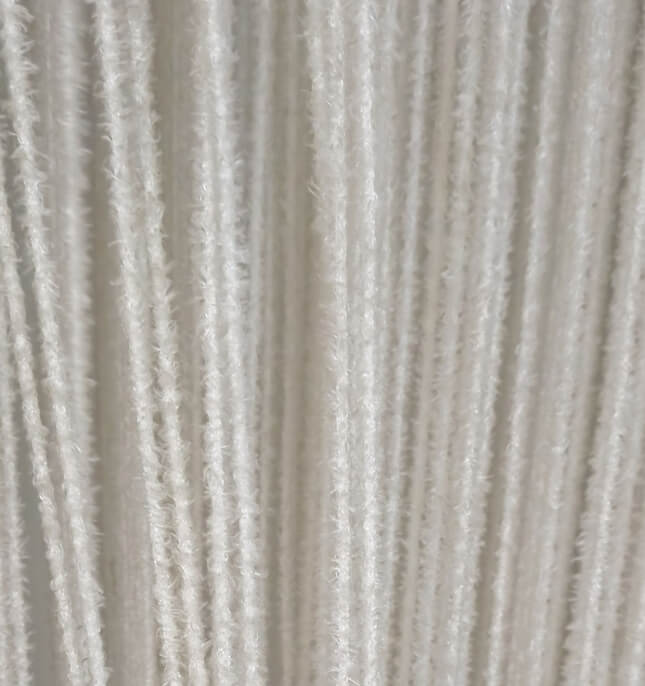Reasons for insufficient dissolved oxygen in aerobic pools?
The reasons for insufficient dissolved oxygen in aerobic pools may include the following aspects:
Problems with the bubble aeration system: There may be problems with the bubble aeration system in the aerobic pool, such as aerator blockage, fouling at the aeration orifice, and unreasonable design of the aeration orifice, which results in the bubbles not being fully dispersed and dissolved in the water, reducing the transfer and dissolution of oxygen.
Bubbles rise too fast: The bubbles float too fast in the aerobic pool and cannot fully contact the water body, reducing the transfer and dissolution of oxygen. This may be caused by bubbles that are too large or excessive aeration.
Too high influent COD: When the chemical oxygen demand (COD) concentration in the influent is too high, the microbial community in the aerobic pool cannot effectively degrade all organic matter loads, resulting in insufficient oxygen supply. Excessive microbial reproduction and metabolism consume a large amount of oxygen, making it unable to meet the needs of other microorganisms.
Too high temperature: Higher temperatures reduce the oxygen solubility capacity in the water body, resulting in insufficient dissolved oxygen in the aerobic pool. In addition, high temperature environment may lead to decreased microbial activity and reduce oxygen utilization efficiency
Excessive mixing or stirring: Excessive mixing or stirring can take away dissolved oxygen in the aerobic pool. Excessive operation intensity or improper position of the stirring equipment may lead to oxygen stripping and loss.

To solve the problem of insufficient dissolved oxygen in the aerobic pool, the following measures can be taken:
Check and maintain the bubble aeration system to ensure that the aerator is unobstructed and the pores are clean, and optimize the bubble size and distribution to improve the oxygen transfer and dissolution efficiency.
Adjust the bubble aeration volume to avoid excessive aeration and excessive bubbles to control the bubble rising speed and ensure that the bubbles are in full contact with the water body.
Control the influent COD concentration, remove suspended matter and sediment through pretreatment equipment such as grilles and grit chambers, reduce COD load, and reduce oxygen consumption.
Maintain a suitable aerobic pool temperature to avoid the impact of excessive temperature on dissolved oxygen and ensure the normal activity of the microbial community.
Optimize the operation intensity and position of the stirring or mixing equipment to avoid excessive mixing or stirring that causes dissolved oxygen loss.
Regularly monitor the dissolved oxygen level in the aerobic tank and adjust the operating parameters and process conditions based on the monitoring results.
By comprehensively considering factors such as bubble aeration system, influent quality, temperature control and mixing, the dissolved oxygen level in the aerobic tank can be improved to ensure the normal operation of microbial activity and wastewater treatment effect.
